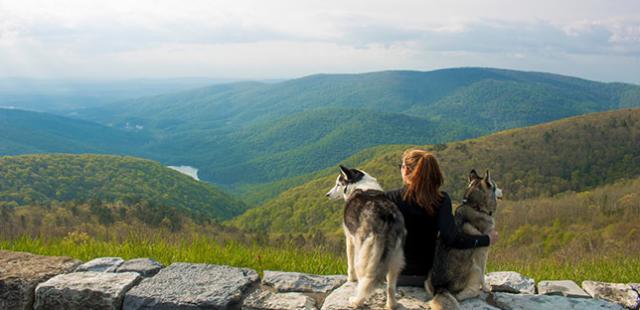Plan Your Sustainable Vacation Here
Virginia is for Lovers is a proud supporting partner of the Virginia Green program, our state’s initiative to encourage green practices in all aspects of our tourism industry.
Virginia Green participants have made voluntary commitments to reduce their impacts on the environment. You can reduce your own environmental footprint simply by supporting certified Virginia Green partners — just look for the Virginia Green logo!
Start planning your Virginia Green vacation below and explore green-certified hotels, restaurants, tastings rooms, activities, and festivals and events all across the state.
More about Virginia Green
The Virginia Green program is administered through a unique partnership supported by the Virginia Tourism Corporation, the Virginia Department of Environmental Quality and the Virginia Restaurant Lodging & Travel Association. The certification itself is administered by the Virginia Green Travel Alliance, a 501c3 non-profit organization created to support green tourism efforts statewide. You can learn more about the Virginia Green Certification process by clicking here.
The Virginia Green program depends upon customer feedback to help fix problems and encourage partners to continue to improve. Click the feedback link and email us your thoughts.











